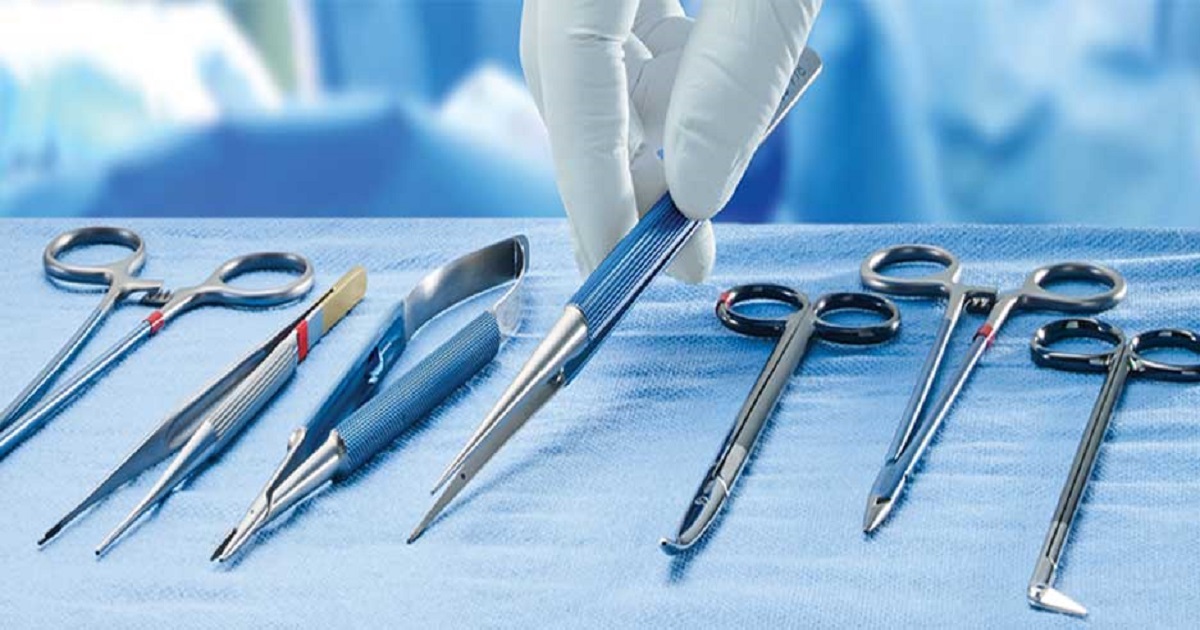CNC (Computer Numerical Control) boring operations are an essential part of precision machining, providing the ability to enlarge pre-existing holes and achieve specific tolerances with accuracy. Properly setting up CNC boring operations is crucial for ensuring optimal performance and meeting stringent industry standards. This guide provides a comprehensive overview of the steps necessary for setting up CNC boring operations effectively. From preparing the machine to selecting the right tooling, each step is explained to help you achieve the best results in your CNC machining projects.
Understanding CNC Boring Operations and Their Applications
CNC boring operations involve enlarging holes in a workpiece to precise dimensions. Unlike drilling, which creates initial holes, boring focuses on increasing the diameter of existing holes to achieve greater accuracy. This operation is often used in industries where exact tolerances and high-quality surface finishes are necessary, such as in the automotive, aerospace, and medical device sectors. Boring can be performed using various tools and techniques, including single-point and multi-point cutting tools, each with distinct advantages based on the required outcome.
The primary advantage of CNC boring operations lies in their ability to produce consistent, repeatable results. CNC machines are programmed to follow specific instructions with high precision, minimizing human error and ensuring uniformity across multiple workpieces. With the right setup, CNC boring operations can enhance efficiency, reduce material waste, and improve product quality, making them a valuable component of any advanced manufacturing process.
Preparing the CNC Machine and Workpiece
Proper machine preparation is the foundation of successful CNC boring operations. Begin by thoroughly inspecting the machine for any signs of wear, loose components, or misalignment. Routine maintenance, such as lubricating moving parts and checking coolant levels, ensures the machine runs smoothly throughout the operation. Additionally, verify that the CNC machine’s settings align with the specific boring process you plan to perform, as different materials and tool types may require unique configurations.
After preparing the machine, focus on securing the workpiece correctly. An improperly secured workpiece can lead to inaccurate results, tool damage, or even accidents. Use the appropriate clamps or fixtures to hold the workpiece securely in place, minimizing vibration and movement during machining. Ensuring the workpiece is perfectly aligned with the machine’s axis is also crucial, as this alignment directly impacts the accuracy of the bore and the quality of the final product.
Choosing the Right Boring Tool for the Job
Selecting the correct boring tool is a critical step in setting up CNC boring operations. The type of material, desired hole diameter, depth, and surface finish will determine the best tool choice. Single-point boring tools are often used for smaller diameters and high-precision work, while multi-point tools or boring heads may be better suited for larger diameters and roughing applications. Additionally, carbide-tipped tools are highly effective for hard materials, while high-speed steel (HSS) tools are more affordable and sufficient for softer materials.
Tool geometry, including the angle and radius, also plays an essential role in the outcome of the boring process. Choosing a tool with the appropriate geometry for the workpiece material and hole specifications can improve cutting efficiency, reduce tool wear, and enhance surface finish. Once the tool is selected, ensure it is installed correctly, with the tool length and offset properly set in the CNC machine’s control system to avoid errors during operation.
Programming CNC Parameters for Optimal Boring
Programming the CNC machine with precise parameters is crucial for a successful boring operation. The feed rate, spindle speed, and cutting depth are the primary parameters that need careful adjustment. Setting the correct spindle speed and feed rate depends on factors like the workpiece material, tool type, and desired finish. A slower spindle speed may be needed for hard materials, while softer materials can tolerate faster speeds. Likewise, the feed rate should be moderate to avoid tool breakage and achieve a smooth finish.
Depth of cut is another important consideration in CNC boring operations. A single deep cut may damage the tool or reduce precision, so it’s often better to take multiple shallower cuts to achieve the desired depth gradually. CNC machines allow for precise control over these parameters, making it possible to experiment and find the ideal combination for your specific boring application. Once the parameters are programmed, run a dry test (with the machine running but not cutting) to check for potential issues before starting the actual operation.
Conducting Quality Control and Adjustments Post-Operation
Once the boring operation is complete, quality control is essential to verify that the bore meets the specified tolerances and quality standards. Use measuring tools, such as calipers or bore gauges, to check the diameter and depth of the bore. Surface finish can also be assessed using visual inspection or a surface roughness tester if precise finishing standards are required. Any deviation from the required dimensions or finish indicates the need for adjustments in the setup or parameters.
If the results do not meet the desired specifications, analyze the factors that may have contributed to the deviation, such as tool wear, incorrect parameters, or machine misalignment. Adjust the setup accordingly and perform another test run if necessary. Regularly monitoring and adjusting CNC boring operations allows for continuous improvement, ultimately enhancing efficiency, accuracy, and product quality over time. Consistent quality control helps maintain reliability in CNC boring operations, which is vital for industries requiring precise machining.
Setting up CNC boring operations requires careful preparation, appropriate tooling, precise programming, and diligent quality control. By following these steps, you can optimize your CNC boring process to achieve reliable, high-quality results across various applications.




